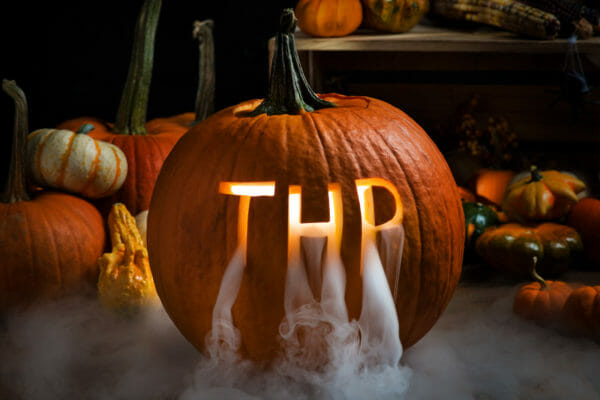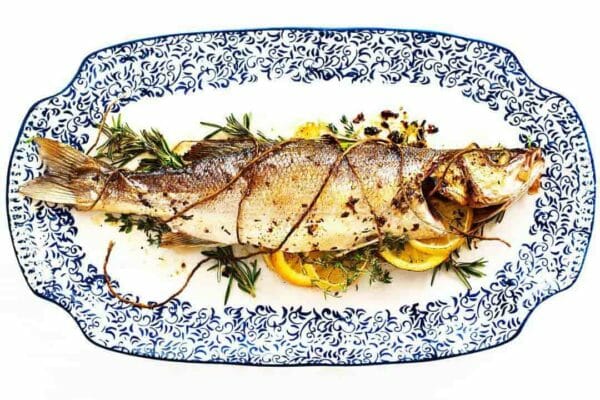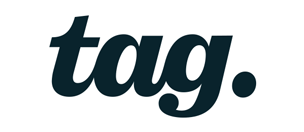At the start, or just before every year, a host of experts and industry thought leaders make their predictions on what the latest and greatest food marketing trends will be. 2018 was no different. At this point in the year, it’s interesting to look back at some of these predictions and review which of these food marketing trends have been most prominent in 2018 strategies.
If you want to find out more about top trends marketers leveraged in 2018, click here!
For the food and beverage industry, we’ve noticed several areas of marketing innovation that have become increasingly commonplace. Namely: marketers are providing a simplified and automated user experience; a valuable, mobile shopping experience; and voice control and live video content are gaining huge momentum.
Check out the following six food marketing trends we think have made a splash in 2018.
Mobile Optimized Content
This one should come as no surprise. In 2017, mobile accounted for 50.3% of all web traffic. Having a site that is optimized for mobile first is just as important as having a website in general, meaning that it is crucial to have a site that is designed to account for all the different screen sizes and load times.
Don’t lose consumers because of a page that doesn’t load correctly! Things to keep in mind are page speed, site design, and optimized titles and meta descriptions. Ensure all images and video content is visible on all mobile devices and text is readable without having to zoom in.
Click here to find out how to optimize your video for mobile and drive conversions!
Messenger Bots
People are taking food personally, which means consumers are looking for a more personalized journey when it comes to digital content. Messenger bots, still in their infancy, have become a crucial tool for personalization at scale. Messenger bots (or chat bots) are computer programs designed to simulate conversations with users, allowing brands to be available to their consumers at all times.
This is important. The advent of the on-demand economy means that people are less willing to sit on the phone or wait for an email response from customer service. For answers to simple questions, chat bots are the way to go. But, chat bots aren’t just for customer service. They can be a great tool to generate leads, provide consumers with the latest news, and even take payments. Personalized recipe roundups and suggestions based on past activity are examples of the types of content that Messenger bots could deliver for your brand.
Rich Media E-commerce Content
Rich media content is any content on a site that is more than normal text and static images. Its purpose is to engage the consumer. Rich media includes everything from multiple product images, videos, interactive graphics, virtual reality, to 360° videos and images. The goal is to give the consumer the same or just as valuable shopping experiences online as they would in-store. Rich media can create a ‘try before you buy’ experience, helping the consumer to get a sense of the product before they purchase. Product demos, recipe videos, and infographics are all rich media content ideas that can provide consumers with a more immersive shopping experience.
Live Events and Video
Live video has been an emerging trend for quite some time now. By 2020, over 75% of the world’s mobile data traffic will be video. Live video opens up the floor for consumers to interact directly with the brand, get answers to their inquiries in real time, and provides a human element to brands. Interview an influential member of the community or brand, demo a new product, or even broadcast live from an event. All of the above brings the consumer in, making them feel closer to the brand through immersive live content.
Voice Control Content
More and more people turn to their voice assistants like Siri and Alexa to perform a variety of tasks to make their lives simpler. Unsurprisingly, brands are looking to leverage voice control and use it to their advantage. Search is the number one activity voice assistants are asked to do. To optimize for voice search, your SEO strategy must be airtight.
At this time, there are no paid opportunities for voice search ranking, so an organic SEO strategy is crucial. Johnnie Walker has an Alexa application that guides consumers through a whisky tasting, partake in Whisky 101, or find a bottle of choice at a nearby store. Hellman’s/Best Recipes and Alexa give consumers multiple ways to discover recipes including browsing based on the ingredients you have in your fridge. The experience concludes in an email with the complete recipe.
Insight Driven Recipe Development
The best way to create great content is to really understand what it is that your consumer needs, take their problem, and deliver a solution using your product or service. Recipe ratings are a great metric to look at. If recipes are rated 1-5, take a look at the issues or successes each consumer has encountered. Learn from the 1s and rework recipes to ensure the negative aspects of the specific recipe are ironed out. Learn from the 5s to see what qualities of the recipes fuelled that high score. Consumer profiles will also provide insights here.
Are they cooking for one? A couple? An entire family? Get even more granular and identify which recipes rate better among different family structures and demographics. What are the most searched ingredients? What is trending in the food world? Be where the searches are!
Have you audited your recipe database recently? Check out 5 reasons why you need to!
The food marketing trends that have really picked up steam in 2018 are exciting. The consumer is forever seeking a more immersive experience, without wanting to put the extra time in to find it. It’s about being quick to adopt these new trends to ease and enhance the consumer journey.
Looking to create insight-driven recipe development or mobile optimized content? As the number one service provider in North America, we can help you stay ahead of the curve! Find out why over 680 brands from around the world choose THP for their content creation and social media ad campaigns. Our 100% on demand model means you only buy what you need, when you need it. No retainers. No long term contracts.

Happy Halloween from THP a Tag Company!

Top eCommerce Brands’ Holiday Marketing Strategies: How Do You Measure Up?



Comments are closed.